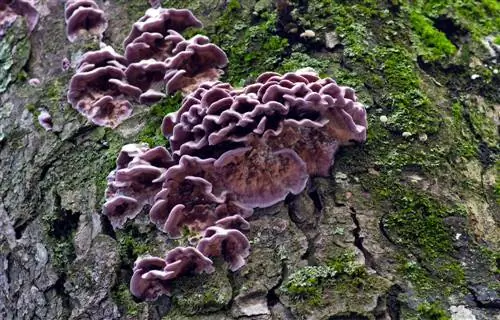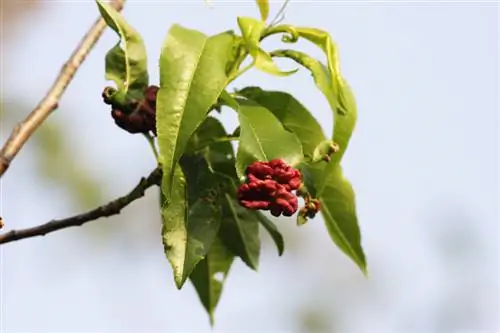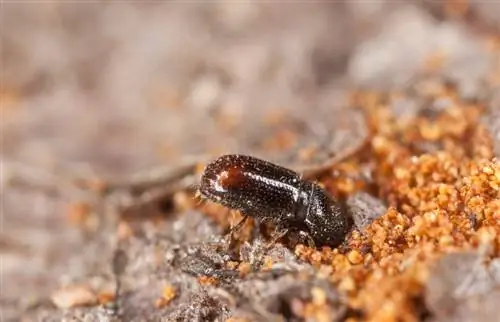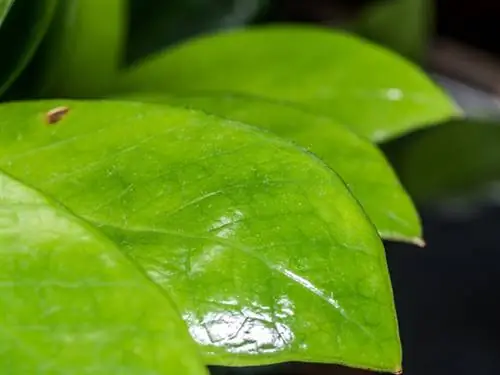- Author admin [email protected].
- Public 2024-01-05 20:48.
- Last modified 2025-01-23 11:21.
Been worried about your weeping willow lately. If the tree's growth habit changes or the branches and leaves turn yellow, there is probably a disease behind it. Before you rush to take the wrong measures, you should first get an idea of the exact cause. This article will help you correctly interpret the symptoms and inform you about the most common weeping willow diseases.
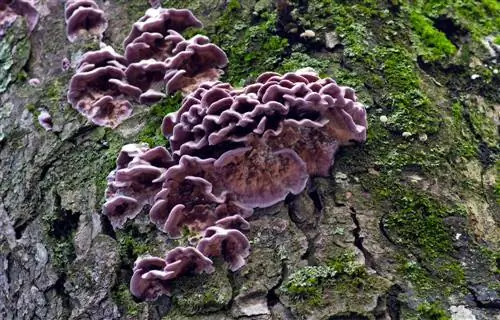
What diseases are common in weeping willows and how to treat them?
Common weeping willow diseases include shoot tip drought, willow scab and galena, all of which are caused by fungal infestation. To treat the tree, infected branches should be removed, fallen leaves should be removed, and nutrients such as phosphorus and potassium should be administered.
Common diseases of the weeping willow
- Shoot tip drought
- willow scab
- Palelustre
Shoot tip drought
This disease is caused by a fungus called 'Marssonina saliciola'. You can recognize an infestation by growths on the branches. Don't be fooled if the fungus appears to retreat on its own in the fall. It overwinters inside the tree and reappears in spring. A radical pruning of the affected branches and the complete removal of the fallen leaves help against shoot tip drought.
willow scab
A fungus is also responsible for this disease. 'Pollaccia saliciperda' is the name of the pest that causes unsightly growths and discoloration on the branches of the weeping willow. An infestation is not something to be trifled with, as the disease quickly leads to the death of the entire tree. The best way to prevent this is to give the weeping willow phosphorus (€13.00 on Amazon) and potassium.
Palelustre
A white, lead-like film on the leaves and branches of the weeping willow gave the disease its name. Once again there is a fungus behind the symptoms. This time it is 'Stereum purpureum'. While older weeping willows are less susceptible, you need to take special care of a young specimen. As with willow scab, you can combat the pest with phosphorus and potassium. You must also remove all infected tree parts immediately.
Note: Never dispose of the infected cutting in the compost. From here the fungus spreads further, infects your weeping willow again and probably spreads to surrounding trees. It is best to burn the branches or dispose of them in an airtight bag in the organic waste.

